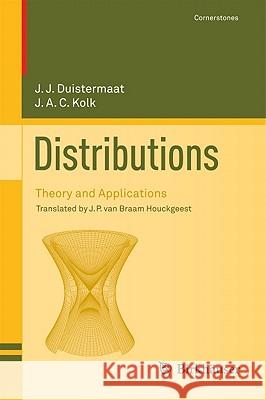Distributions: Theory and Applications » książka
Distributions: Theory and Applications
ISBN-13: 9780817646721 / Angielski / Twarda / 2010 / 445 str.
I am sure that something must be found. There must exist a notion of generalized functions which are to functions what the real numbers are to the rationals (G. Peano, 1912) Not that much effort is needed, for it is such a smooth and simple theory (F. Treves, 1975) In undergraduate physics a lecturer will be tempted to say on certain occasions: "Let ?. x/ be a function on the line that equals 0 away from 0 and is in?nite at 0 in such a way that its total integral is 1. The most important property of ?. x/ is exempli?ed Z by the identity 1 . x/?. x/ dx D . 0/; 1 where is any continuous function of x. " Such a function ?. x/ is an object that one frequently would like to use, but of course there is no such function, because a function that is 0 everywhere except at one point has integral 0. All the same, it is important to realize what our lecturer is trying to accomplish: to describe an object in terms of the way it behaves when integrated against a function. It is for such purposes that the theory of distributions, or "generalized functions," was created. It can be formulated in all dimensions, its mathematical scope is vast, and it has revolutionized modern analysis.











